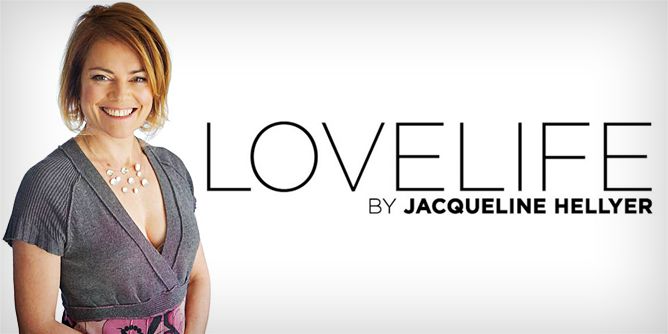The G-Spot & Female Ejaculation Debate!

Article originally posted on The Love Life Blog
Firstly, let me apologise on behalf of my profession that, in the year 2010, we still don’t know how women’s bodies work! I find it appalling that there’s still debate over what’s in our vaginas and what effect touching various parts produces!
There is no question that most women find certain parts of their vaginas more sensitive than others. Some of these parts have been given labels and some haven’t. One area that has been given a label is the G-spot, which is generally located a couple of knuckles’ depth into the vagina on the belly side. When you feel inside yourself you’ll notice that that side of your vagina has a corrugated feel, whereas the rest is smooth. This is because what you’re feeling is the urethral sponge.
The urethral sponge is a spongey material that surrounds your urethra. As you become sexually excited the urethral sponge becomes engorged with blood (just like a penis). It’s the urethral sponge you can feel on the belly side of your vagina, and as you become excited it protrudes further into your vagina.
Many women, but not all, find that stimulation of the urethral sponge inside their vagina, i.e. stimulation of the belly side of their vagina, is highly stimulating. So focus there by fingers, dildo or penis is stimulating and can lead to orgasm. Simultaneously pressing just above your pelvic bone on the outside can add to the sensation.
It’s not a specific ‘spot’ though, and it’s not intense like a clitoris. It’s a region of engorged tissue, not a highly concentrated area of nerve endings like the clitoris. Which is probably why it feels different for different women. I suspect too, that different women’s anatomy affects the sensation. (Again, it’s sad that we still don’t know and that so little research has been done into women’s sexual anatomy and physiology).
Other women find that deeper in is more arousing. A spot deep inside the vagina and also on the belly side, known as the AFE-spot (the anterior fornix erotic zone – yet another unsexy name for women’s genitalia!), has a similar effect on some women, producing intense sensation and strong orgasms.
Both G-spot and AFE-spot (and possibly any other particular ‘spot’ in your particular vagina) stimulation can lead to orgasm, and can also lead to the expulsion of fluid from the urethra. This is commonly termed ‘female ejaculation’ and is also the subject of speculation. Fortunately this has been scientifically proven to be a fluid similar in consistency to seminal fluid that is produced by glands in the urethral sponge, similar to salivary glands, that is expelled when a woman is highly aroused. For some women this might be just a few drops, for others it can be cupfuls of liquid that ‘squirt’ or ‘gush’ out. The ‘ejaculation’ is not necessarily accompanied by orgasm and may not even be noticeable to the woman.
So what does this mean for you? My advice – get to know your vagina! Don’t trust the scientific community to tell you what’s going on down there, find out for yourself. Whether you’ve got a G or an AFE or XYZ spot, there are undoubtedly good bits that work specifically for you (and in combination with your partner, different things will work with different partners). Some of these good spots will increase arousal and possibly lead to more intense orgasms, with or without the expulsion of fluid. The important thing is to relax and explore and enjoy your wonderful womanly bits!

No comments yet